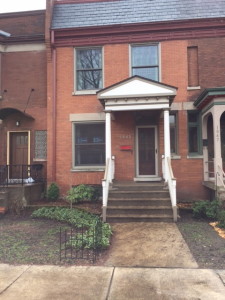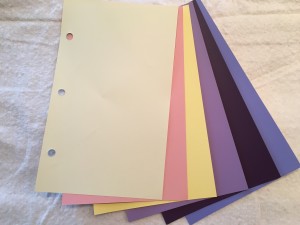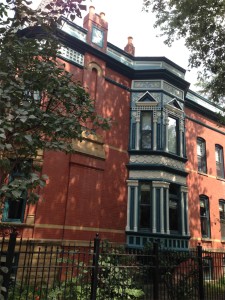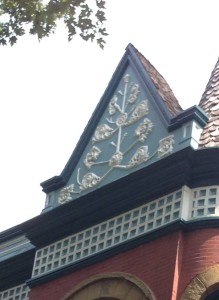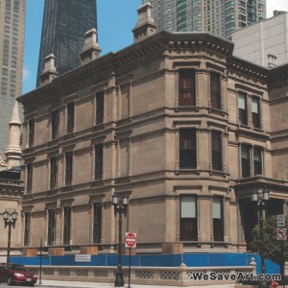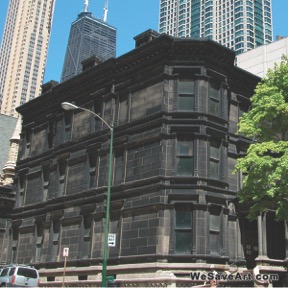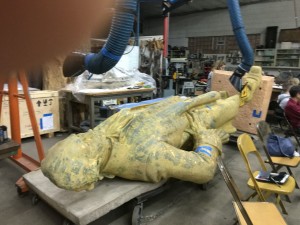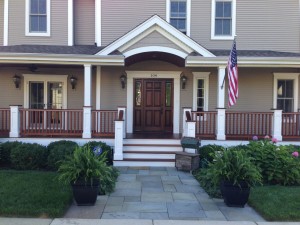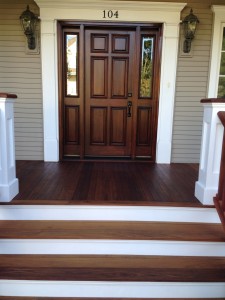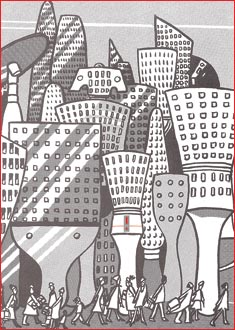As painting and decorating contractors in the Chicago area, we are regularly asked to install wallpapers. In recent years, the demand for high-end wallcoverings has been soaring. We have had the opportunity to install many illustrious wallpapers. A recent project involved the installation of 4 panels of a deep red Maya Romanoff hand-made wallcovering to create a feature wall in a master bedroom. The pattern, called (Moon Lake) , had subtle horizontal, thin and artful stripes.
Before getting into the special challenges of this installation, I would like to take a moment and give a little background on Maya Romanoff. The company bears the name of its founder and is the largest manufacturer of hand-made wallcoverings in the United States. Since its founding over forty years ago, the company has creatively used diverse materials such as glass beads, seashells, wood, gold leaf to beatify walls all over the world. I recently had the privilege of touring their manufacturing facility. What stood out the most for me was the joy I felt from their artisans doing their artful work. Their efficiency and team coordination was amazing! Attached is a picture of a portion of their plant.
The installation of the Moon Lake wallpaper presented special layout challenges. It took almost as long to plan the layout and trimming as it did to do the installation. Firstly, the bed was not centered on the wall. The challenge was: how do we layout the paper in a way that minimizes the problem? The second challenge had to do with the nature of the wallcovering itself: the stripes started in one edge of the paper but ended substantially short of the other edge, in an irregular fashion. We had to decide if we were going to flit the next sheet so the stripes would but against the striped edge of the previous sheet and leave an open area between the other two edges. We decided to proceed in this way. The last challenge was to plan the trimming of the edges as to minimize the lack of centeredness of the bed. That whole process took in excess of three hours. Our client was made part of the whole layout process to ensure he was on board with the final look.
A happy client is worth everything to us. The final layout and installation did justice to the beautiful work of Maya Romanoff.







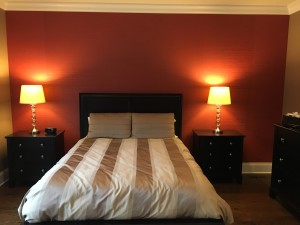
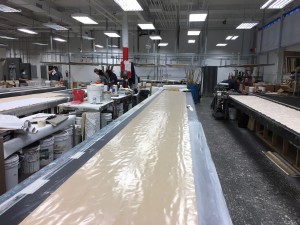
 Follow
Follow

